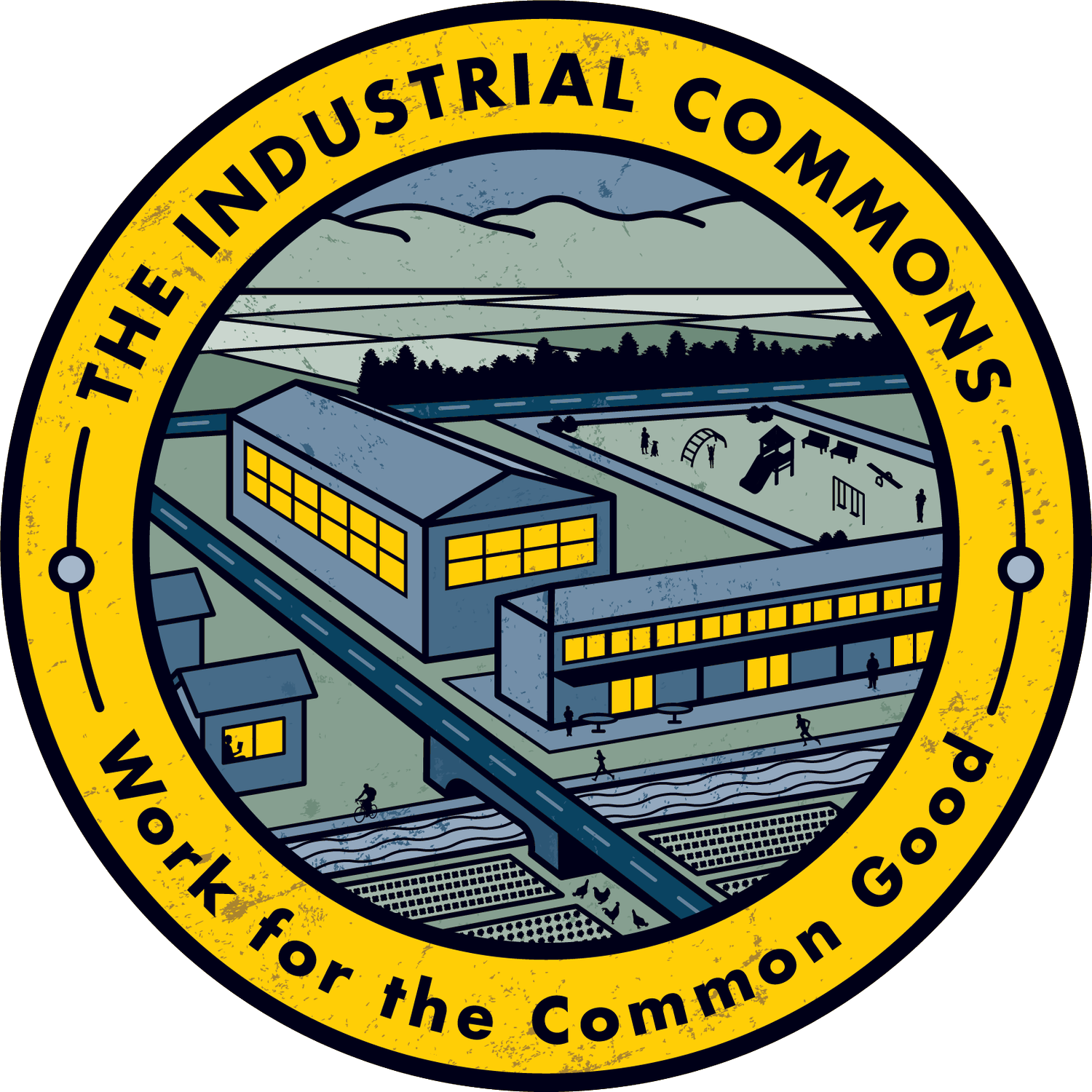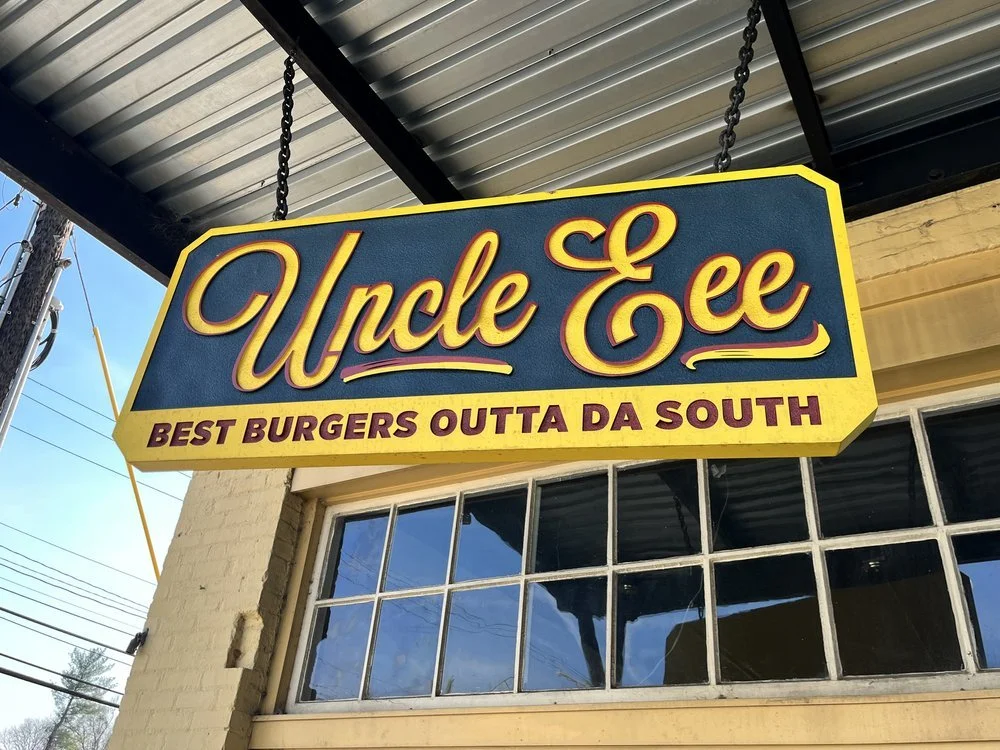African American Experience in Burke County
Overview
From its inception, America has storied itself as the “land of opportunity.” This beckoning ideology has invited people over the world and across time to come in search of something “better.” Immigrants often come with origin stories that carry ethnic history, culture, traditions, struggles and accomplishments.
The ancestors The ancestors of most contemporary African Americans, however, came as a result of forced migration and did not come here voluntarily. The standard origin story of Blacks in America goes back to some twenty enslaved Africans who arrived in 1619 during the country’s first recorded engagement with the Transatlantic Slave Trade, “the largest long-distance forced movement of people in recorded history”. The arrival of this small group set the stage for the creation and evolution of a slave society that is unique to human history.
American chattel slavery accomplished the removal, assimilation, and enslavement of people of distinct ethnic groups by breaking their physical and ancestral connections with Central and West African nations, and by re-identifying them as members of one broad “Black race” with a single, generic origin story. The histories and traditions of African descendants in America did not go back to acknowledge the diverse indigenous cultures and distinct ancient civilizations of Africa. Instead, the revised and essentialized origin story started with slavery, and stripped both the continent of Africa and descendants of its sub-Saharan region of their deep histories and extensive ethnic diversity and advanced the interests of slavery.
“Origin stories matter, for individuals, groups of people, and nations. They inform our sense of self, telling us what kind of people we believe we are, what kind of nation we believe we live in. They usually carry, at least, a hope that where we started might hold the key to where we are in the present…But in the case of Black people, the limitations of the history and possibility of our origin stories have helped create and maintain an extremely narrow construction of Blackness.”
— Annette Gordon-Reed, Pulitzer Prize and McArthur Genius Award winning Author and Harvard University Professor of History
At the time of the first federal census in 1790, 7% of Burke County’s population was enslaved people of African descent. By 1850 the slavery business was at its peak here and unfree Blacks comprised 27% of Burke County’s total population. This constituted one of the highest rates of enslavement in all 215 counties of the nine states that comprised America’s Appalachian region at that time.
Nine families formed Burke County’s slaveholding “planter” elite. Unfree labor was commonly leased out to other wealthy households who needed extra temporary labor, or to small farmers who couldn’t afford to own slaves. Enslaved people performed farm and domestic labor, skilled trades, work in gold mines and railroad enterprises, and did other tasks that supported their owners' diverse economic and entrepreneurial ventures. In 1850, the monetary value of enslaved people owned by Burke County households was 2.5 million dollars, which in today's dollars equates to approximately $114,535,384.00.
After the abolition of chattel slavery Blacks left Burke County in large numbers, dramatically reducing their population to 7.1% by 1870. In the early 20th century the onset of the local textile industry grew the Black population back to 12.9%, but this temporary bump was flattened when local mills stopped hiring Black workers. With little employment available other than domestic work, the Black population quickly dropped closer to its 2020 rate of 6.9%.
The history of race relationships between the white citizenry and the African American community in Burke County is much like it is in other Southern, rural communities: complex. Depending on the time period covered, the narrator, and the stories told, the experiences of local African Americans can be quite different because their stories demonstrate a variety of cultural viewpoints and concerns.
For Additional Context
African American Culture | As seen through…Beth Davidson
Greetings! My name is Beth Davidson and I am a native of Morganton, NC. I grew up in Glen Alpine.
I was very fortunate to grow up in the same home with both of my parents, who were married. I am the youngest out of twelve children. My family was not wealthy by any means, but we had Love. My parents provided a very structured home life that I am benefiting from now. As the youngest and last child, my mother did not have to do much disciplining with me as my brother’s were the recipients of the heavier disciplines!
My mother’s best friend was a white lady named “Willie.” I loved Mrs. Willie and her family, which was made up of her husband and their five kids. Mrs. Willie’s kids and my family spent many summers together just playing, helping each other with needed food and supplies. The sense of family and community that we received from all of my neighbors, who were majority white, set my view of what I believed to be normal in my world.
Sooooooo, when did I figure out that there was such things as inequality and racism?
I got my personal introduction to inequality when my husband and I tried to buy our 2nd home, located in a very nice neighborhood and higher in cost than our 1st home. My next introduction to the banking system network in Morganton was with the purchase of our building for our restaurant, Uncle Eees, in 2018.
So where did we go from here?
More on Housing Inequality and Racism in the U.S.
More on Residential Segregation
Beth with her husband Eric and their son, Elijah.
Uncle Eee’s restaurant across from Morganton’s Courthouse Square.




